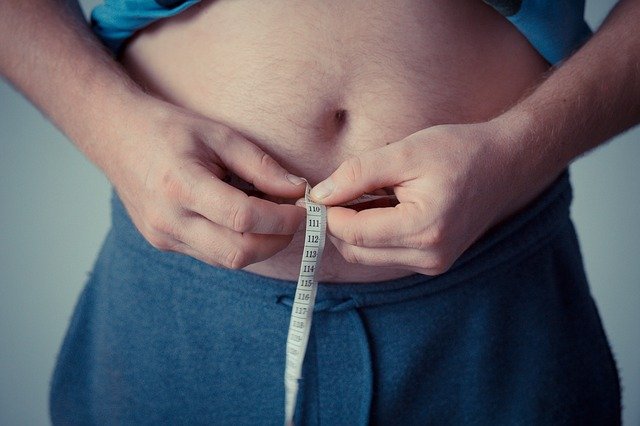
A recent study shows understanding the very different characteristics of subgroups of obese patients may hold the key to devising more effective weight-loss treatments and interventions.
Researchers analyzed data from more than 2,400 obese patients who underwent bariatric weight-loss surgery.
They identified at least four different patient subgroups that diverge significantly in eating behaviors and rate of diabetes, as well as weight loss in the three years after surgery.
This was the first study to examine psychological variables, such as eating patterns, weight history, and a range of biological variables, including hormone levels, to identify different types of obesity, Field says.
The team used an advanced computational model, called latent class analysis, to identify different groups of patients among more than 2,400 adults who underwent bariatric surgery (either gastric bypass or gastric banding) between March 2006 and April 2009.
They found four distinct groups.
Low levels of high-density lipoprotein, the so-called “good” cholesterol, and very high levels of glucose in their blood prior to surgery characterized group one.
In fact, 98% of this group’s members were diabetic, in contrast with the other groups, where about 30% were diabetic, the study found.
Disordered eating behaviors characterized group two. Specifically, 37% had a binge eating disorder, 61% reported feeling a loss of control over “grazing” (regularly eating food between meals), and 92% reported eating when they weren’t hungry.
Field found group three surprising. Metabolically, they were fairly average, but they had very low levels of disordered eating—only 7% reported eating when they weren’t hungry compared to 37% for group one, 92% for group two, and 29% for group four.
Individuals who had been obese since childhood made up group four.
This group had the highest body mass index (BMI) at age 18 with an average of 32, compared to an average of approximately 25 for the other three groups.
A BMI above 30 is considered obese, while 25 is the start of the range defined as overweight.
This group also had the highest pre-surgery BMI, an average of 58 compared to approximately 45 for the other three groups, the study reported.
Overall, in the three years following the bariatric procedure, men lost an average of 25% of pre-surgery weight and women lost an average of 30%.
The team found that patients in groups two and three benefited more from bariatric surgery than patients in groups one and four.
Men and women with disordered eating lost the most, at an average of 28.5% and 33.3%, respectively, of presurgery weight.
At the extreme end of treatment—procedures such as bariatric surgery—it’s important to identify who would benefit most from surgery and those for whom the benefits likely won’t outweigh the surgical risks.
Obesity researchers need to test a variety of weight-loss interventions in a more targeted, personalized manner.
For example, mindfulness might be quite effective for people who are overstimulated by the sights and smells of food but might not be effective for people in group three who don’t eat when they’re not hungry.
In the future, the team hopes to use the same statistical analysis methods on a more general population of overweight individuals to see if the same, or similar, subgroups exist among people at weights less than those defined as obese.
The National Institutes of Health funded the research.
The study’s lead author is Alison Field, an epidemiology professor at Brown University.
The findings appear in the journal Obesity.
Copyright © 2019 Knowridge Science Report. All rights reserved.
Source: Obesity.



